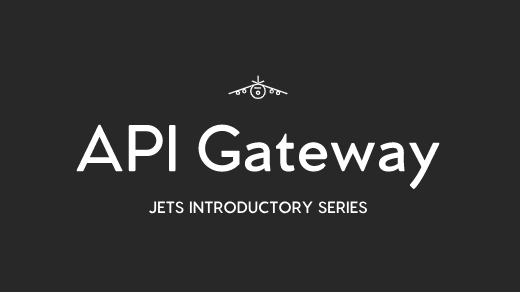In this video, we’ll walk through creating an API Gateway REST API from scratch manually. Just getting familiar with the API Gateway console is an excellent way to learn how simple it is for those who are new to API Gateway and trying it out for the first time. We talk a little bit about Jets and how config/routes.rb essentially maps to API Gateway resources, but the focus is really on API Gateway console. This simple exercise will help understand what Jets does for you. This post is a part of an introductory series for people who are new to API Gateway and Serverless.
API Gateway Terms:
- Rest API: Enclosure for API
- Resource: Url Paths
- Method: Http methods: GET, POST, DELETE, etc
Hope you’ve enjoyed this article. If you find Ruby on Jets interesting, please give it ⭐️ on GitHub. I’d appreciate it. 👍



